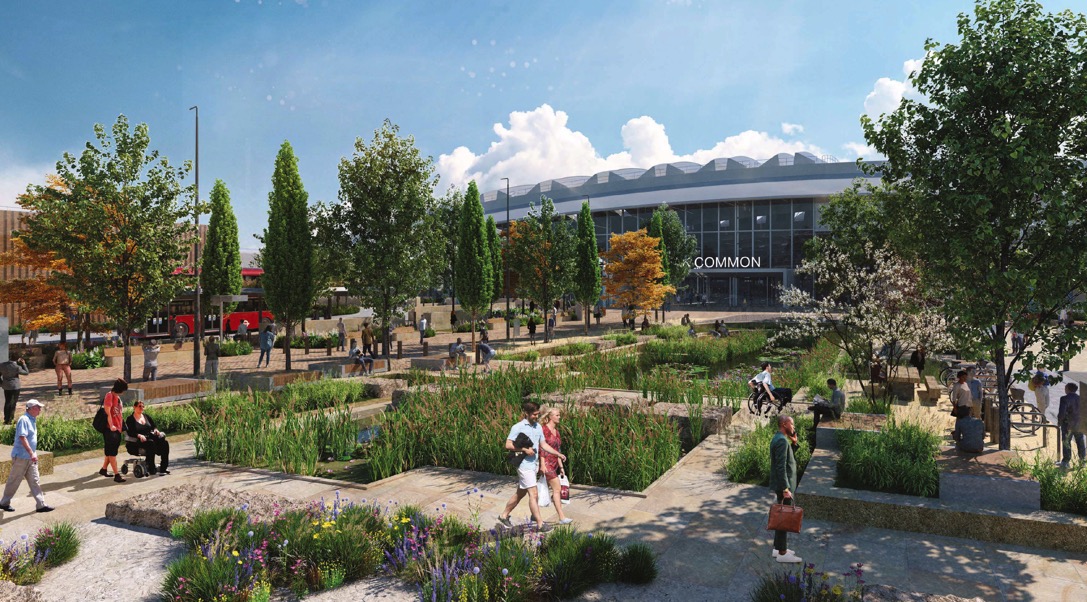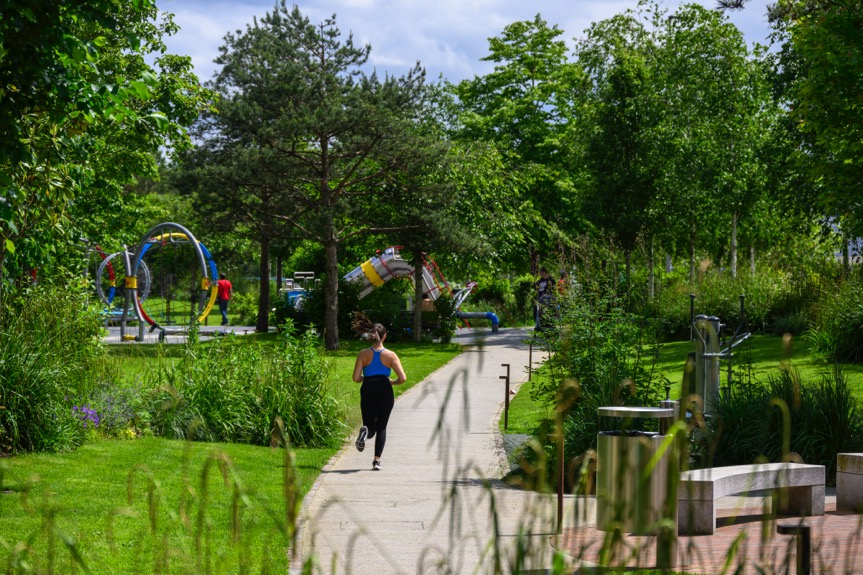Transport Access and Rental Demand Still Matter More Than Postcode
In London’s property market, location still matters. But what buyers and renters mean by "location" is shifting. It’s no longer just about whether a postcode looks good on paper. People care more about how easy it is to get around, how long the commute takes, and whether the area suits day-to-day life.
This is especially true for rental properties. A flat near a busy, well-connected station often outperforms one in a so-called "prime" postcode if it means tenants can get to work without hassle. For landlords and investors, that difference is now hard to ignore.

Renters Care More About Commute Times Than Prestige
Most renters aren’t choosing homes based on how prestigious the postcode sounds. They’re looking for convenience. If someone works in Canary Wharf or the City, shaving 15 minutes off the morning commute can be more appealing than having a fancier address.
A flat that’s ten minutes from a DLR, Overground or Elizabeth Line station will usually attract more viewings than one that’s tucked away in a “nice” postcode with poor connections.
Areas like Canning Town, East Ham, Barking Riverside and Woolwich are increasingly on the radar for this reason. Rents are more manageable, travel is quick, and there’s enough local infrastructure to meet everyday needs. For tenants, it just works better.

Rental Yields Are Often Better Outside Zone 1
Buying in Zones 1 and 2 used to be seen as a safe bet, but that’s less true now. Prices are high, service charges keep climbing, and the actual return isn’t always worth the upfront cost.
In Zones 3 and 4, the maths often looks better. You can still buy a one-bed flat at a reasonable price, while charging a rent that gives you a healthier yield. Areas like Ilford, Abbey Wood, and Seven Kings are good examples. These are places where tenants are happy to live, and the commute into Central London is fast thanks to the Elizabeth line.
It’s also worth noting that competition is lower in these areas. You’re less likely to be stuck with a flat that sits empty between tenancies, which can quietly eat into returns over time.

Icon Tower: A Case Study in What Renters Want
Icon Tower in Ilford shows why transport access and design matter more than postcode prestige. It’s a short walk from the Elizabeth line, which means travel into Tottenham Court Road or Farringdon is quick and reliable. That alone makes it attractive to commuters.
But it's not just about getting to work. The building is designed for long-term tenants, with layouts that actually make sense, decent sound insulation, and modern fittings that don’t feel dated after a year. For landlords, that reduces tenant turnover and cuts down on hassle. For tenants, it’s just a flat that works well.
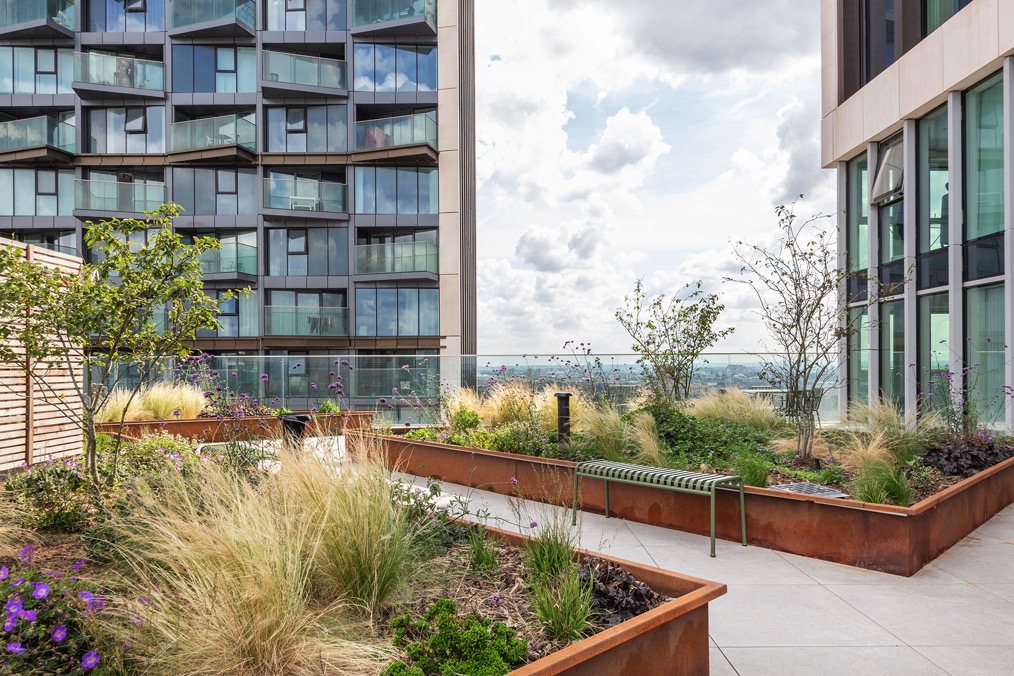
Good Design and Build Still Make a Difference
Transport access might get tenants through the door, but the flat itself has to keep them there. That’s where build quality, layout and maintenance come in.
Tenants want homes that are clean, energy-efficient and easy to live in. If the heating works, the windows close properly and the kitchen isn’t falling apart, they’re more likely to renew the tenancy. A smaller flat that’s well planned and up to spec will often let faster than a bigger one that feels clunky or worn out.
Features like decent insulation and double glazing are especially important now with energy costs where they are. A home that helps tenants keep bills down is more appealing, and that’s something investors should factor in.
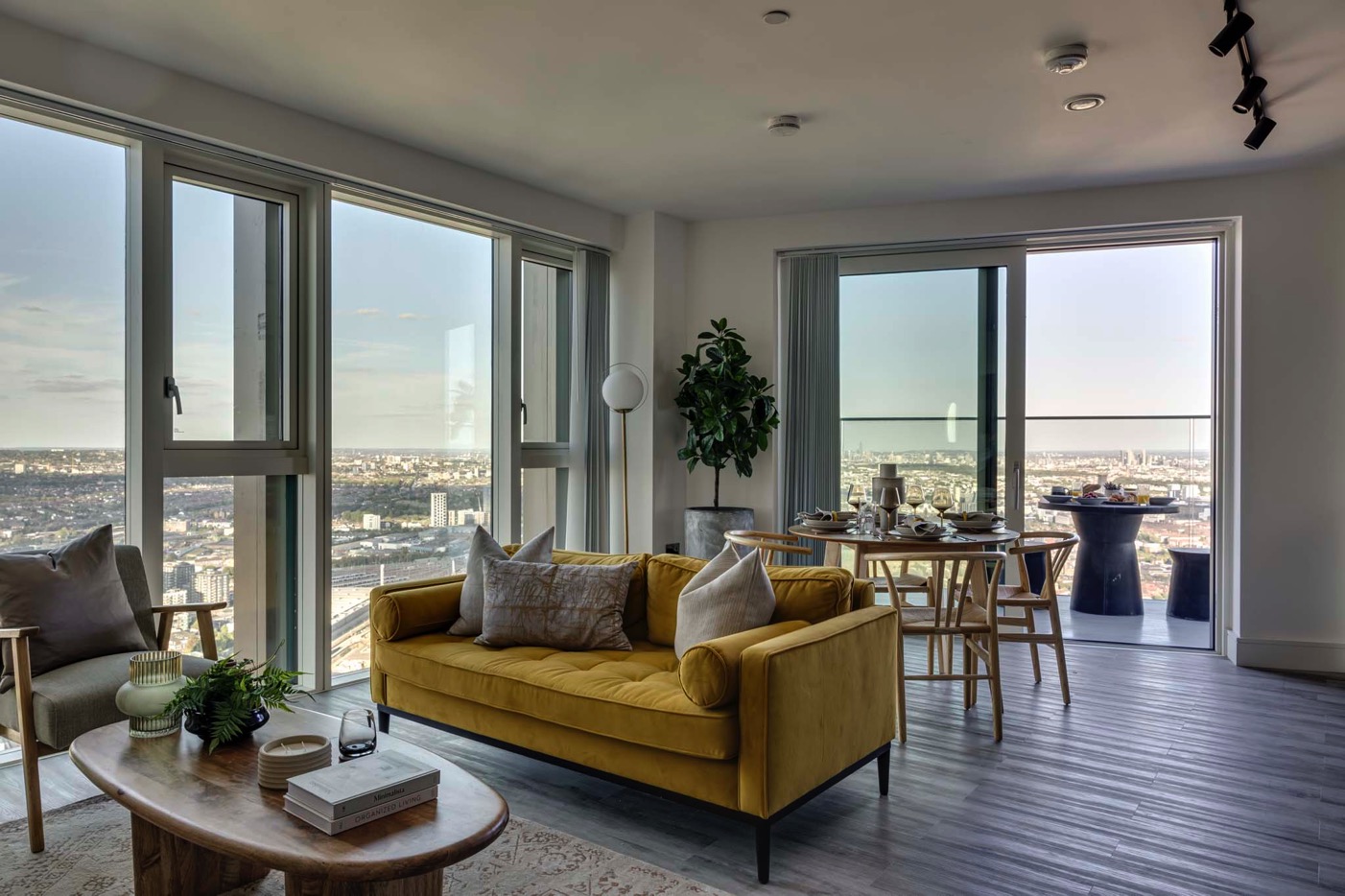
Investors Are Rethinking What “Location” Means in 2025
The old idea that buying in a top postcode guarantees good returns doesn’t hold up anymore. Investors are looking at data on top of reputation. Rental performance, access to transport, ongoing costs and tenant demand matter more than a W1 or SW3 label.
The best performing buy-to-let properties today aren’t necessarily in Zones 1 or 2. Many are in well-connected areas where people actually want to live day to day. These are flats near stations, close to supermarkets and with layouts that don’t waste space.
Buyers are also paying more attention to service charges and the financials around owning the unit long-term. If the monthly costs eat too much into rental income, it doesn’t matter how glossy the postcode is.
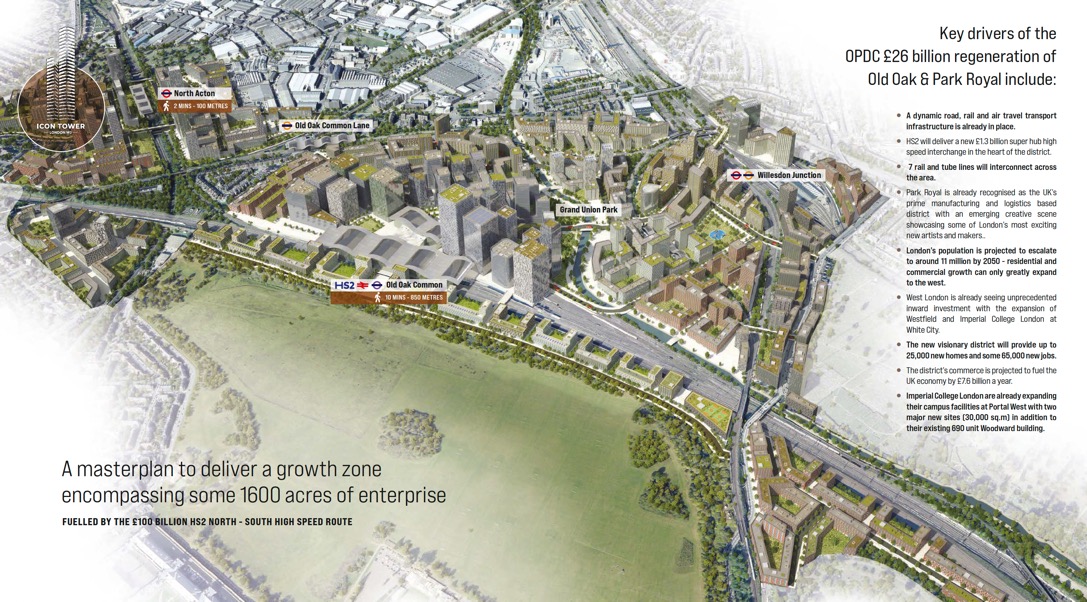
The Bottom Line: Make It Easy for Tenants, and the Rest Follows
The rental market in London is still strong, but it’s also more practical than ever. Tenants are asking, “How easy is this place to live in?” and landlords should be asking the same.
If your property is well connected, sensibly priced, and built with tenants in mind, it will likely perform well. Long commutes and flashy postcodes don’t carry as much weight as they used to.
For investors thinking about where to buy next, it’s worth stepping back from the usual hotspots and looking at places where people actually want to rent. In many cases, they’re better value, easier to manage, and still close enough to the action.
Thinking about investing in a well-connected part of London? Get in touch with our sales team to arrange a viewing or learn more about available units.
.svg)

